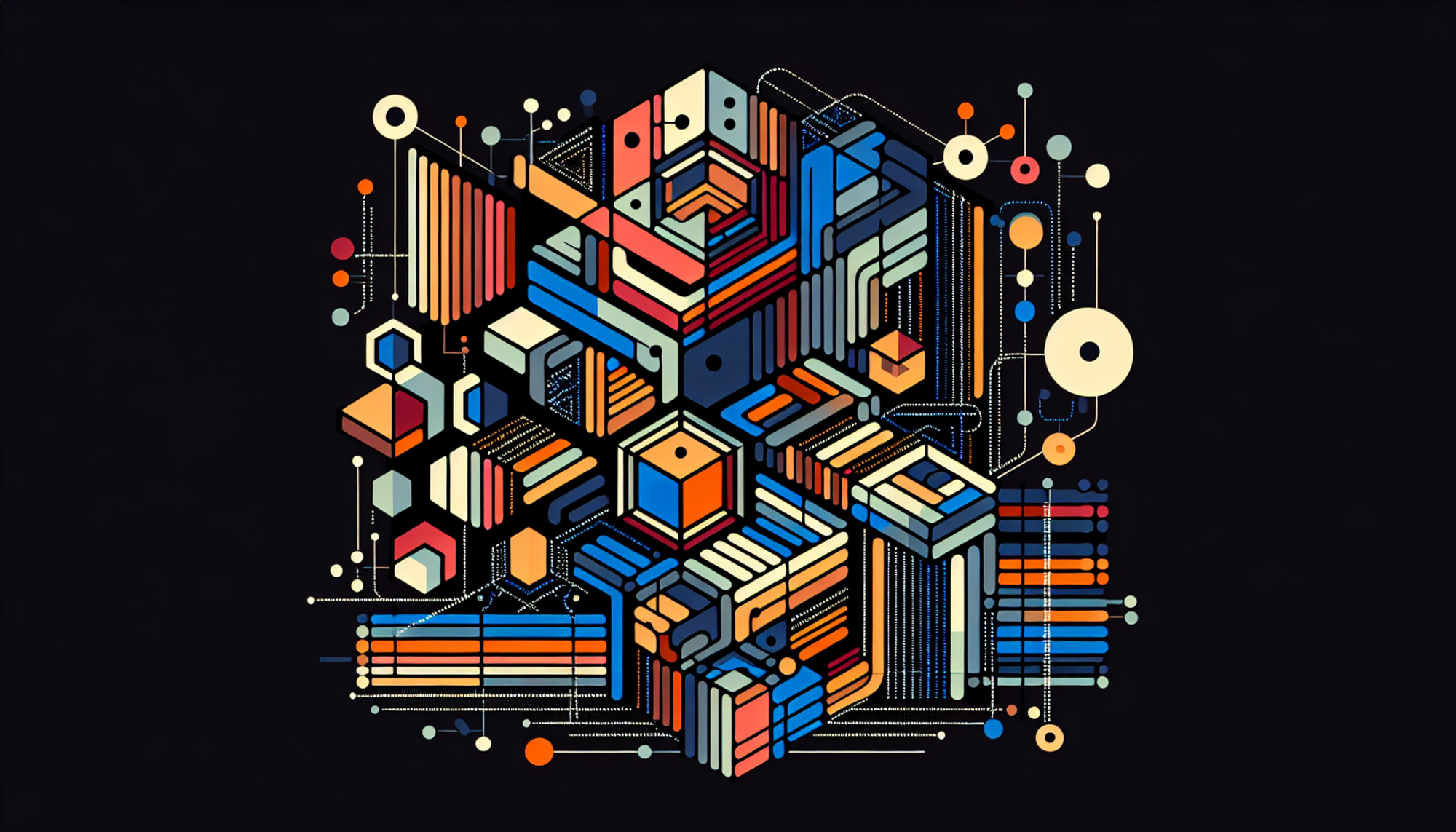Software Engineering: Embracing Stupid Code and Ethical AI Practices in Innovation

In the ever-evolving realm of software engineering, our quest is often laden with new languages, frameworks, and methodologies. However, a recurring emphasis in recent blog posts reminds us that whether you’re creating a monumental architecture or a simple script to output your favorite inspirational quotes, the journey itself is as important as the end product. This collection of articles sheds light on concepts that run the gamut from embracing 'stupid code' to navigating the complexities of open source entrepreneurship, and ultimately, how we shape a future intertwined with AI.
Embrace the Art of Stupid Code
Rhys Johns, in his enlightening article "Write the 'stupid' code", illustrates a crucial lesson often lost in the pursuit of perfection: the importance of allowing ourselves to create without the burden of judgement. Johns reflects on his path from a reluctant learner to a passionate programmer, emphasizing that "there is no stupid code, only code." This mindset is refreshing, especially in a world where the fear of criticism can stifle creativity and innovation.
Johns encourages developers to write, even the simplest applications, as a method of exploration and growth. Whether it’s a silly stock ticker app or an app that personalizes quotes, each project reinforces skills while cultivating enthusiasm and curiosity in one’s craft.
Navigating the Sea of Open Source
William Guo's article, "Advice for Open Source Entrepreneurs: Pick Your Market, Serve Paying Customers", offers a pragmatic look at transitioning from coding enthusiasts to entrepreneurs in the open-source domain. Guo suggests that the selection of a market is paramount; it requires not just passion for coding but strategic thinking regarding potential customers and their budgets. The 'Business Value Triangle' presented emphasizes the need to assess market size, customer willingness to pay, and the presence of local champions to navigate the challenging waters of commercialization.
This perspective is vital as we realize that coding isn't merely about writing open-source software but also about creating sustainable business models that can thrive globally. Guo's insights into localization vs globalization resonate with modern developers, encouraging them to be strategic in their endeavors.
The AI Coding Quandary
In a similar vein, Chris Loy's "The AI coding trap" tackles the pressing dilemma of AI-enhanced software development. Loy points out that while AI coding agents can churn out code at an astonishing rate, they do so without the intricate understanding of the complex systems they are writing for. This disconnect leads developers to spend more time cleaning up after these AI outputs than truly innovating. Thus, the real work shifts from creating to correcting, presenting a paradox in the rapidly evolving world of machine learning.
The implications are profound: as AI tools become more integrated into the software development process, there’s a growing need for developers to adapt by establishing new roles that leverage AI strengths while mitigating its weaknesses. Loy advocates for developing a playbook where coding standards and best practices guide collaborative efforts with AI tools, ensuring sustainable and high-quality outputs.
Fueling Innovation in Data
Meanwhile, at the backend of technological evolution, networking and data management are crucially intertwined, as discussed in "Networking at the Heart of AI" hosted by Meta. The article underlines how network infrastructure is becoming foundational for AI applications, showcasing the need for resilient and high-performance networking solutions that support burgeoning AI models. This highlights the intricate dependency between software engineering and robust networking capabilities.
The landscape is changing rapidly, with tech giants collaborating to ensure infrastructure is reliable and can scale with demand. As developers, recognizing the interplay between coding, networking, and AI will be essential for creating holistic solutions that deliver value.
Commitment to Responsible AI
As we steer through the waters of AI and open-source, organizations must commit to responsible practices. Atlassian’s commitment to the EU AI Pact reflects a proactive stance on responsible AI governance. Their emphasis on transparency, education, and addressing high-risk use cases demonstrates how companies are taking steps towards ethical AI deployment while meeting compliance standards.
This growing emphasis on accountability and ethics indicates a shift in the tech landscape, with developers playing a vital role in shaping a future where technology is used responsibly and effectively.
Conclusion: The Road Ahead
The blog posts collectively paint a picture of a rapidly changing software engineering environment. From embracing the scribbles of a first draft to wielding the powerful tools of AI, it is clear that the future lies in striking a balance between creativity, strategic thinking, and ethical responsibility. Reflecting on these insights can help developers foster a mindset that thrives on exploration while shaping a conscientious tech landscape.
